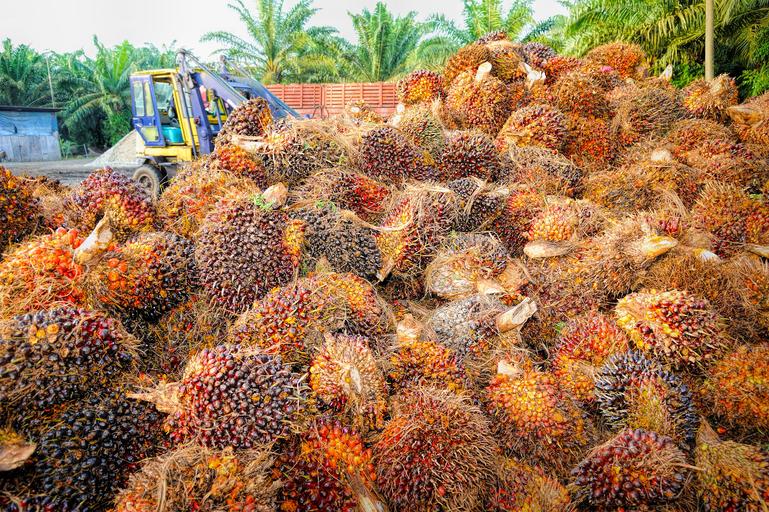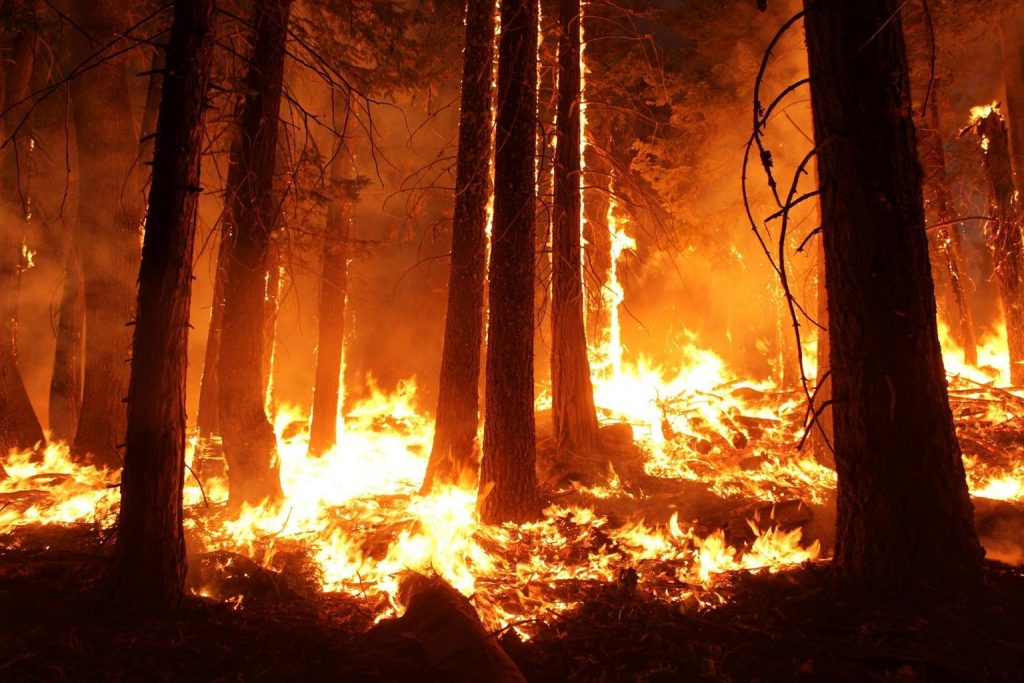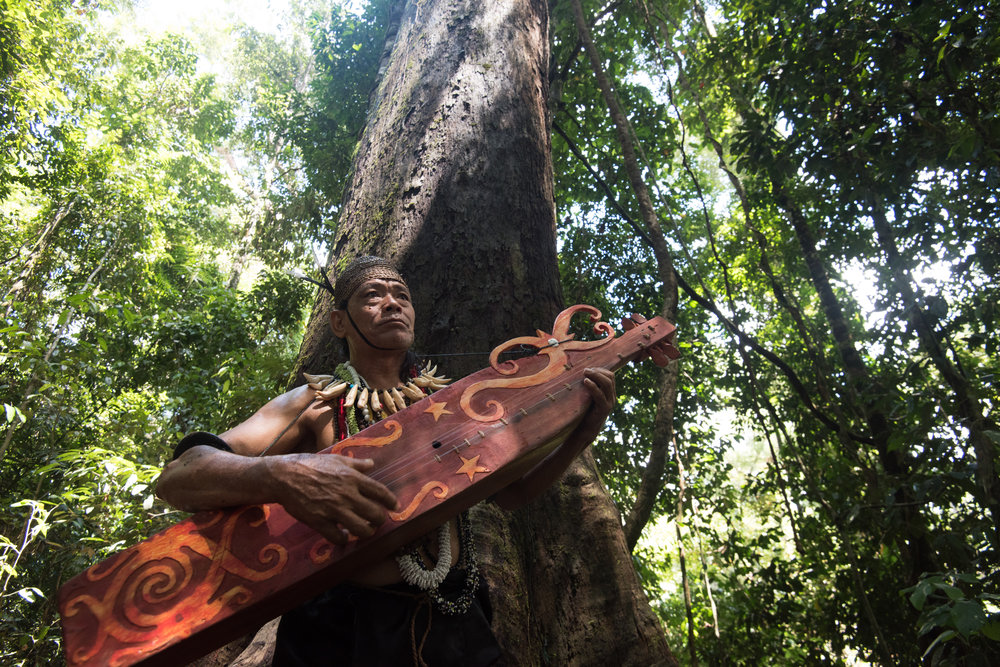
How does palm oil contribute to climate change? Good question. Palm oil is the most widely used vegetable oil in the world. Unfortunately, rainforests and peatlands are being destroyed to clear land for growing palm trees.

Rainforest and peatland ecosystems store billions of tons of carbon and methane gases. Their destruction by land clearing and burning releases vast amounts of greenhouse gases, resulting in significant impacts on global climate. Land clearing by burning also contributes to air pollution.
Indonesia contains the world’s third largest tropical forest. Destruction of over 80% of Indonesia’s rainforests and peatlands give it the dubious distinction of being the world’s third largest emitter of greenhouse gases and the world leader in deforestation. Despite a moratorium on new logging placed in effect seven years ago, deforestation in Indonesia has continued unabated.
Deforestation also damages ecosystems and biodiversity. Habitats have been destroyed and wildlife displaced. Risk of flooding, drought, landslides, and wildfires are higher in oil palm plantation areas than in intact forests.

photo courtesy of David Metcalf
Deforestation has a devastating human impact. Indonesia is home to over 30 to 40 million indigenous ethnicities and cultures that have existed for thousands of years. When their lands are destroyed, they are forced to relocate. Because indigenous people rely on access to the forest for basic survival, livelihoods are destroyed and their way of life is permanently altered.
Why is this happening?
You guessed it–profit. According to Zion Market Research, global palm oil market was valued at 65.73 billion in 2015, is expected to reach 92.84 billion in 2021 and is anticipated to grow 7.2% between 2016 and 2021.
Such heady profits make palm oil plantations irresistible, so it’s unrealistic to think clearing forests for palm trees will stop. However, irresponsible palm plantations that contribute to climate change and wreck the environment are not necessary. It is possible to grow palm trees sustainably.
What you can do
Most processed foods contain palm oil because it’s the cheapest vegetable oil. Palm oil can also be found in other products such as lipstick, shampoo, soap, biofuels, chemicals and medicines.
Purchasing choices we make every day affect us as well as the rest of the world. Choose products carefully. Here’s a list of products containing palm oil.
Look for the RSPO label to find products made with certified sustainable palm oil. This label is given to palm oil produced in an environmentally responsible way.
Sign Rainforest Action Network’s petition to protect critical rainforests.
Explore more ways you can help.

Leave a Reply